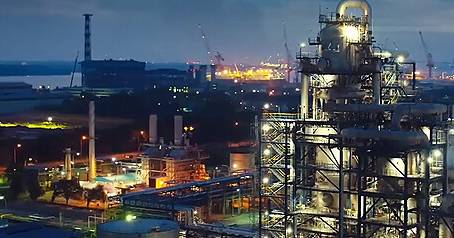Dec . 04, 2024 23:26 Back to list
hdpe pipe jointing
Understanding HDPE Pipe Jointing Techniques, Benefits, and Applications
High-Density Polyethylene (HDPE) pipes have gained significant traction in various industries due to their durability, corrosion resistance, and lightweight properties. One crucial aspect of using HDPE pipes effectively is the jointing technique, which ensures a secure connection between pipes for optimal performance. This article delves into the various jointing methods applicable to HDPE pipes, highlighting their benefits and common applications.
Jointing Methods for HDPE Pipes
1. Electrofusion Jointing This method involves the use of an electrofusion fitting that contains a wire coil inside. The fitting is placed over the pipe ends, and electrical current is passed through the coil, which heats up and melts the polyethylene material. As the material liquefies, it fuses the pipes together, creating a strong bond upon cooling. Electrofusion is universally recognized for its reliability and strength, making it ideal for high-pressure applications.
2. Socket Fusion In this technique, the ends of the HDPE pipes are heated until they reach a specific temperature and become malleable. The softened ends are then pushed together, allowing them to fuse as they cool down. Socket fusion is simple and cost-effective, making it suitable for small-diameter pipe installations.
3. Butt Fusion This is one of the most widely used methods for joining HDPE pipes, especially for larger diameters. In butt fusion, the pipe ends are aligned and heated using a heated plate until they reach the desired temperature. Once the ends become soft, the heated plate is removed, and the ends are brought together under controlled pressure. The fusion joint created is robust and can withstand considerable stress, making it suitable for a wide range of applications, including water distribution and gas piping systems.
4. Mechanical Jointing This method employs mechanical fittings to connect HDPE pipes. Specially designed clamps or couplings provide a secure hold without the need for heat, making mechanical jointing an excellent option for quick installations or repairs. While it may not offer the same level of integrity as fusion methods, it is highly versatile and can be employed in various systems.
Benefits of HDPE Pipe Jointing
1. Durability HDPE pipes are resistant to chemical corrosion, impact, and abrasion, contributing to the longevity of the jointing methods. Fusion joints, in particular, offer a solid, leak-free connection that can withstand extreme conditions.
2. Flexibility The flexibility of HDPE allows for easier installation in challenging landscapes. The various jointing techniques enable adaptability to different installation environments, whether underground or above ground.
hdpe pipe jointing

3. Cost-Effective While initial costs may vary depending on the jointing method used, HDPE pipes generally offer lower maintenance fees and longer service life compared to traditional materials like metal or concrete.
4. Environmental Friendliness HDPE is recyclable, and its long lifespan reduces the need for frequent replacements, leading to lower carbon footprints in construction and infrastructure projects.
Applications of HDPE Pipe Jointing
HDPE pipes are widely employed across several sectors, including
- Water Supply Systems The leak-proof nature of properly jointed HDPE pipes makes them ideal for municipal water supply and sewerage systems.
- Irrigation Agriculture often utilizes HDPE pipes for efficient water management due to their resistance to chemicals and bioagents found in soil.
- Oil and Gas The robustness of HDPE pipes makes them a preferred choice for transporting hydrocarbons and other materials.
- Industrial Applications Factories and processing plants often use HDPE for various fluid transfer needs, owing to its versatility and reliability.
Conclusion
In summary, HDPE pipe jointing methods like electrofusion, socket fusion, butt fusion, and mechanical jointing provide effective solutions for creating durable and reliable connections. Understanding these techniques and their respective advantages is essential for professionals and industries relying on HDPE pipes. As infrastructure demands continue to evolve, the application of HDPE pipes will undoubtedly play a crucial role in the development of safe, efficient, and sustainable systems.
-
Durable PVC-M Water Supply Pipes | 60-Year Life
NewsAug.04,2025
-
Premium HDPE Water Supply Pipes: Durable & Leak-Proof
NewsAug.03,2025
-
Premium PVC-M Water Supply Pipe - Durable & Efficient
NewsAug.02,2025
-
Premium PP Welding Rod: GPT-4 Turbo Enhanced
NewsAug.01,2025
-
HDPE Drainage & Irrigation Pipe - Durable, Efficient Solutions
NewsAug.01,2025
-
Premium PVC Transparent Pipe: Durable & Clear Solutions
NewsJul.31,2025

